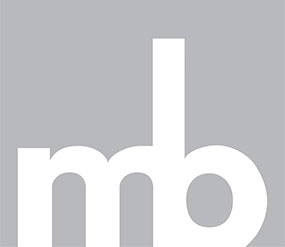By Laurence Cheng
Inter partes review (“IPR”) turned three years old in September and it seems that the widespread adoption of the proceedings in lieu of district court litigation will only continue to increase in the coming years. The preceding three years have demonstrated a number of uses for IPR, including defense against “patent trolls,” challenging a competitor’s patent portfolio, and even using the procedure to manipulate the stock market, and its popularity shows no signs of waning.
As of its third birthday, over 30 petitions have consistently been filed per week for over a year. This popularity may be explained by the relative success that IPR petitioners achieve: of the nearly 600 trials completed by the Patent Trial and Appeal Board (“PTAB”), over 70 percent of them have invalidated all challenged claims. This number increases to over 85 percent if decisions in which at least some claims were invalidated are included.
Of these petitions, electrical and computer patents continue to be the most heavily challenged, with mechanical and business method patent coming in distant second. The USPTO has reported that, of the 1897 petitions filed through the 2015 fiscal year, 63 percent of challenges have been electrical and computer patents, totaling 1,193 petitions. In contrast, 443 petitions have been for mechanical and business method patents. These statistics are in accordance with one of the perceived uses of IPR: to combat federal court actions by nonpracticing entities. As nonpracticing entities are known to favor patents in the electrical and computer arts, the correspondingly high number of IPR petitions in these technology sectors is not surprising.
IPR has also been shown to be a powerful tool for staying co-pending federal court litigation. Over 80 percent of IPR petitions are associated with co-pending litigation and courts have been more amenable to staying litigation when an IPR has been filed: approximately 60 percent of contested motions to stay have been granted.
As IPR is still in its infancy, the landscape of the proceedings may change dramatically in the coming months, especially now that an increasing number of PTAB decisions have been issued and are eligible for appeal. The Federal Circuit will play the primary role in shaping the bounds of IPR practice as more PTAB decisions are appealed to and decided in the court. Unresolved key issues include the scope of IPR estoppel pursuant to 35 U.S.C. §315(e); the bounds of discovery in IPR; and the substantive effect of the PTAB’s denial of challenged grounds as redundant. Furthermore, Cuozzo Speed Technologies, the first company to have its patent invalidated through IPR, has petitioned the Supreme Court to change the claim construction standard from the broadest reasonable interpretation standard adopted by the Federal Circuit in In re Cuozzo Speed Technologies, LLC. Accordingly, it behooves any party considering IPR or appeal of a PTAB decision to familiarize itself with the latest developments, or to seek experienced counsel.
